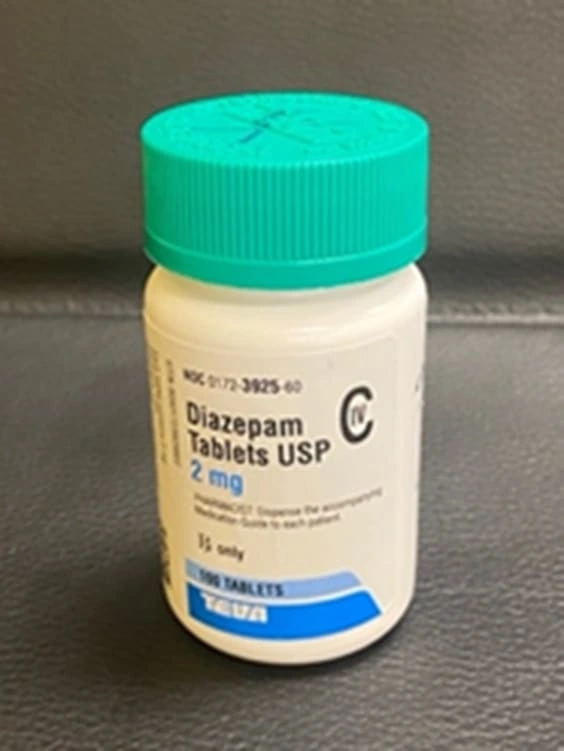Management of Pediatric Medical Emergencies in the Dental Office
Course Number: 391
Course Contents
Benzodiazepine Overdose
The two most common benzodiazepine used in dentistry are midazolam (Versed) and diazepam (Valium) (Figure 14). The dosage ranges from 0.25 to 0.30 mg/kg with an onset of around 15 to 60 minutes. Midazolam is most commonly used in pediatric dentistry as a sedative/anxiolytic agent. It provides anxiolysis, sedation, hypnosis, skeletal muscle relaxation, anterograde amnesia, respiratory depression and an anticonvulsant effect but has no analgesic properties (Figure 15). It has a wide margin of safety between the therapeutic and toxic doses and has a rapid onset of action. Its administration is usually combined with nitrous oxide/oxygen to enhance the above effects and provide analgesia. It is usually given orally, as syrup, at a dosage of 0.25 mg/kg-1.0 mg mg/kg, depending on age and anxiety level of the patient, with an onset of sedation in 20-30 minutes. The intranasal dosage is 0.25mg/kg with an onset of sedation in 10 to 15 minutes. The time available for treatment will vary from 20 minutes to 40 minutes. Benzodiazepines are metabolized by the hepatic microsomal enzyme system and presence of other agents, for example, grapefruit juice may result in adverse drug reactions.
Figure 14. Diazepam (Valium) tablets
Figure 15. Midazolam (Versed) syrup
The signs and symptoms of benzodiazepine overdose are:
Somnolence
Confusion
Diminished reflexes
Respiratory depression
Apnea
Respiratory arrest
Cardiac arrest
The treatment for benzodiazepine overdose is:
Discontinue dental treatment
Call for assistance; someone to bring oxygen and emergency kit
Position the patient to ensure an open and unobstructed airway
Assess and support circulation, airway, and breathing
Administer oxygen
Monitor vital signs
If there is severe respiratory depression, establish intravenous (IV) access and reverse with flumazenil (Romazicon). If IV access is not available, the flumazenil may be administered intramuscularly (IM). The dosage of flumazenil is 0.01 mg/kg with maximum dose is 0.2 mg. It may be repeated at 1minute intervals, not to exceed a cumulative dose of 0.05 mg/kg or 1 mg, whichever is lower.
Monitor recovery for at least 2 hours after the last dose of flumazenil and call for emergency medical services with transportation for advanced care if indicated.



